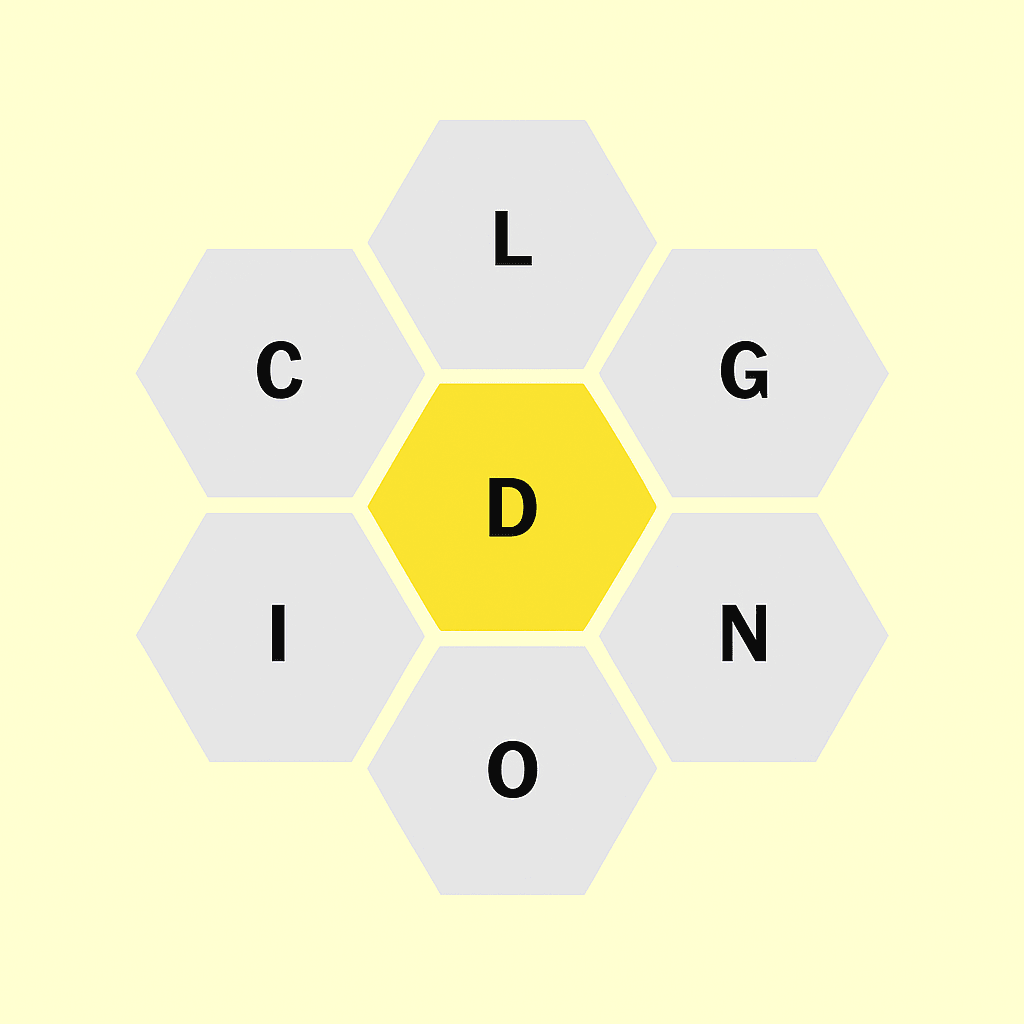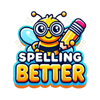- Anya Tsukru
- June 12, 2025
NYT Spelling Bee Answers and Pangram – June 12, 2025
- NYT Spelling Bee Full Answer List – 2 December 2025 - December 2, 2025
- Spelling Bee Answers for NYT Puzzle – 1 December 2025 - December 1, 2025
- NYT Spelling Bee Solutions Explained – 29 November 2025 - November 29, 2025
Stuck in a spelling loop? Today’s New York Times Spelling Bee puzzle offered a satisfying mix of challenge and clarity. With the center letter D and outer letters C, L, G, O, I, N, I went into today’s bee not expecting much. But as the words started to click, so did the strategy.
Let’s walk through how I approached the puzzle, discovered the pangram, and built up my word list — ending in a rewarding moment of solving success.
Today’s Letters
-
Center letter (required): D
-
Other letters: C, L, G, O, I, N
How I Got Started
As always, I started with short 4-letter words that felt obvious:
Cold, Doll — those came quickly. These kinds of early wins help get momentum going. I knew that the center letter D had to be used in every word, so I tried building off common roots like “dol”, “ind”, and “gold.”
To avoid getting stuck, I rotated the hive using the refresh button (🔄). This sometimes helps jog new associations. Soon, I was seeing more possibilities.

The Pangram: CODLING
After a bit of trial and error, I stumbled upon CODLING — a 7-letter word using all letters exactly once and featuring D in the middle. It’s a lesser-known word referring to a type of apple or a young codfish, and sure enough, it was today’s pangram! That was the “aha!” moment of the day.
CLICK HERE to download SPELLING BEE SPELLING BETTER APP.
All Valid Words Found Today
Here’s the full list of acceptable words (4 letters or more) found, using only the provided letters and always including the center letter D:
-
Cold
-
Doll
-
Dingo
-
Ding
-
Dildo
-
Dino
-
Dold
-
Dodo
-
Dog
-
Doggo
-
Doll
-
Doing
-
Gold
-
Idol
-
Lido
-
Lind
-
Lingo
-
Long
-
Old
-
God
-
Golding
-
Cod
-
Codling ✅ (pangram)
-
Clod
-
Cling
-
Gild
-
Glid
-
Dingo
-
Gliding
-
Indol
-
Doling
-
Doling
-
Dolic
-
Dingol
-
Dolci
-
Ding
-
Diligon (not accepted, interesting try though)
This list may not be exhaustive — I may have missed a few rare or obscure ones — but these were valid within the NYT Spelling Bee’s accepted dictionary.

Strategy Tips That Helped
-
Start small: Go for the 4-letter words first. It builds confidence and often reveals patterns.
-
Find letter pairs: Today, “gl”, “do”, and “li” helped spark longer words like glid, doling, and codling.
-
Look for common suffixes and prefixes: Adding “ing” to known words like do or ding opened up doing, dinging, and gliding.
-
Try plurals and verb forms: If doll works, check dolls or dolled. If gold works, check golds or gild.
-
Be curious: I tried codling half-jokingly, not expecting it to work — and it turned out to be the pangram.
Final Thoughts
Today’s puzzle was one of those delightful mixes — enough familiar words to build on, but with a unique pangram that made you dig a little deeper. CODLING was a surprise, but discovering it was incredibly satisfying. These are the kinds of puzzles that make NYT Spelling Bee so addictive — equal parts logic, intuition, and wordplay.
If you didn’t hit Genius today, don’t worry — it’s not about perfection. It’s about playing, improving, and enjoying the rhythm of words.
How many words did you find? Did you get the pangram? Let me know in the comments — and see you tomorrow for another buzzing challenge.

Based in Kohima, Anya Tsukru is the co-founder of the Spelling Better App, an app designed to make spelling fun, interactive, and effective for learners of all ages. With a deep passion for language and education, Anya creates content that helps users strengthen their vocabulary and master spelling through engaging challenges and practical tips.
